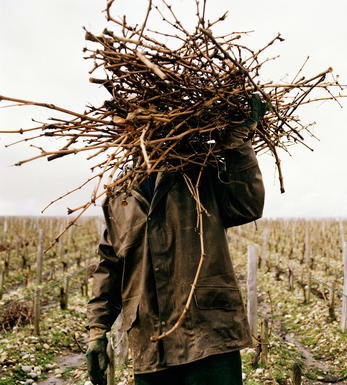
About this WINE

The Elder Pinot

Martinborough
Close to the southern tip of North Island, some top-class, aromatic Pinot Noir is being made in the sleepy town of Martinborough, with the best rivalling good Burgundy. Compared to the hustle and bustle of Marlborough, the pocket-sized Wairarapa district – with Martinborough at its head – comes across less as a wine-producing region, accounting as it does for three-point-five percent of the country's vines, and more like a cottage industry. Much of this is perhaps down to the compact size of its favoured old-Martinborough terrace with its gravely, sandy, alluvial soils, located an hour's drive east of the country's capital, Wellington.
Another factor is the nature of the winegrowers themselves, often holding down a professional career during the week, and tending their vines at the weekends; so more therapy than husbandry, reflected perhaps in the relatively high land values, making commercial viticulture a tricky proposition. Added to which, and despite being in a rain shadow, this south-eastern corner of North Island is constantly at the mercy of the icy south-easterlies spinning off the Antarctic, bringing frosts five or six times a year, from flowering through to harvest. Pinot Noir yields are therefore often at the 25-30 hl/ha mark.
Just as Cloudy Bay launched a hundred wineries in Marlborough, so it could be argued that Dry River Wines and Ata Rangi provided the spark that lit up Martinborough. While the region's history dates back to the first commercial vintage of 1893, Prohibition intervened, followed by Marlborough's debut, hence Dry River's inaugural vintage was only in 1979, with Clive Paton releasing Ata Rangi in 1985.
Much of the initial buzz surrounding the region came from the Abel or `Gumboot' clone of Pinot Noir whose origins apparently lie in a certain Romanée-Conti vineyard. During the 1960s or 1970s, a cutting was allegedly smuggled into New Zealand via a gumboot, discovered by the then customs officer Malcolm Abel who in turn propagated it on the quiet before releasing it to Ata Rangi. To this day, one sniff of a barrel of Abel Pinot Noir conjures up visions of Musigny – something evidently not lost on Nigel Greening, who planted most of his Cornish Point vineyard with it.
Though Pinot Noir put the region on the map and continues to turn heads in the hands of Dr Neil McCallum (Dry River), Clive Paton (Ata Rangi), and, more recently, Chris Archer of Alana Estate, economically the region is arguably better-suited to Sauvignon Blanc, Riesling and even Gewürztraminer. Unlike Marlborough, or Burgundy for that matter, this region has to juggle several varieties to make ends meet – not an easy task. The regional style is dark plum and chocolate black fruit, with a savouriness akin to meat.

Pinot Noir
Pinot Noir is probably the most frustrating, and at times infuriating, wine grape in the world. However when it is successful, it can produce some of the most sublime wines known to man. This thin-skinned grape which grows in small, tight bunches performs well on well-drained, deepish limestone based subsoils as are found on Burgundy's Côte d'Or.
Pinot Noir is more susceptible than other varieties to over cropping - concentration and varietal character disappear rapidly if yields are excessive and yields as little as 25hl/ha are the norm for some climats of the Côte d`Or.
Because of the thinness of the skins, Pinot Noir wines are lighter in colour, body and tannins. However the best wines have grip, complexity and an intensity of fruit seldom found in wine from other grapes. Young Pinot Noir can smell almost sweet, redolent with freshly crushed raspberries, cherries and redcurrants. When mature, the best wines develop a sensuous, silky mouth feel with the fruit flavours deepening and gamey "sous-bois" nuances emerging.
The best examples are still found in Burgundy, although Pinot Noir`s key role in Champagne should not be forgotten. It is grown throughout the world with notable success in the Carneros and Russian River Valley districts of California, and the Martinborough and Central Otago regions of New Zealand.



Buying options
Add to wishlist
Description
Already evidencing some maturity, this has a red cherry nose with some hedgerow notes and an enticing hint of autumn bonfires. The palate is fine and elegant with a slightly tart raspberry note and a savoury, fallen leaf character. The tannins are impressively fine and the finish is comfortingly warm and smoky. Drink now to 2018.
Mike and Margaret Hanson bought 30 acres of land in 1996 in a prime Martinborough location with the intention of planting olive trees. They were fortunately then persuaded to plant vines as well and Nigel Elder came on board as viticulturalist. The three now work together to produce hand-crafted wines of uncompromised quality.
wine at a glance
Delivery and quality guarantee